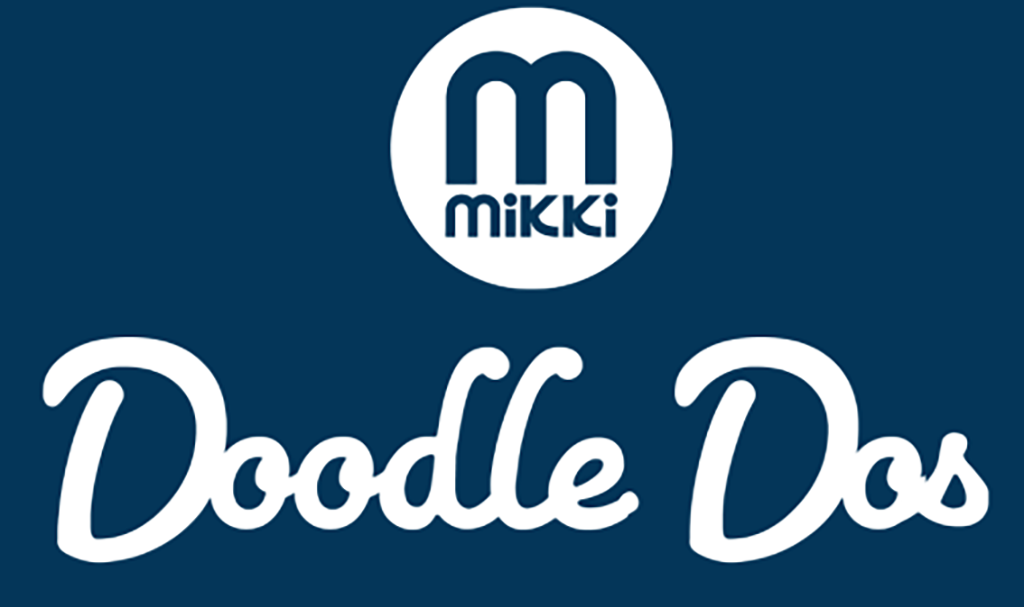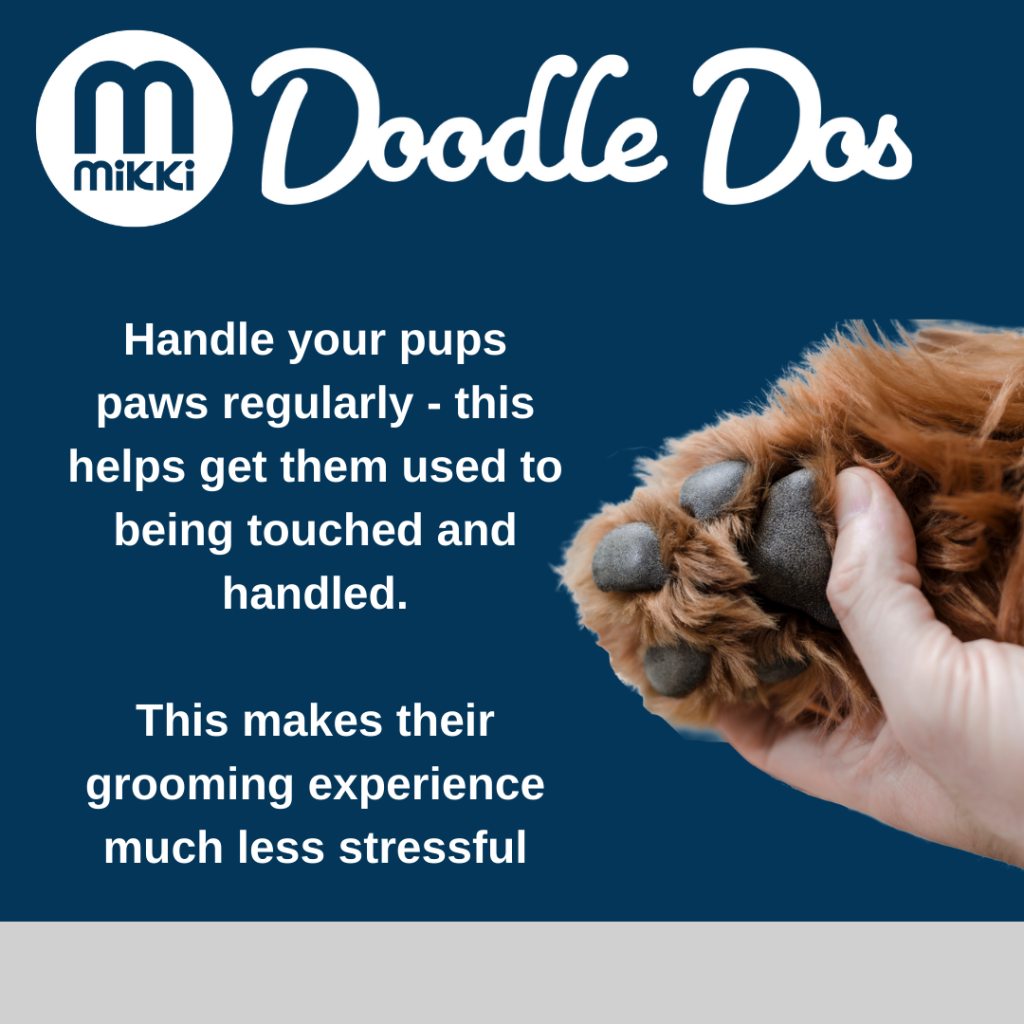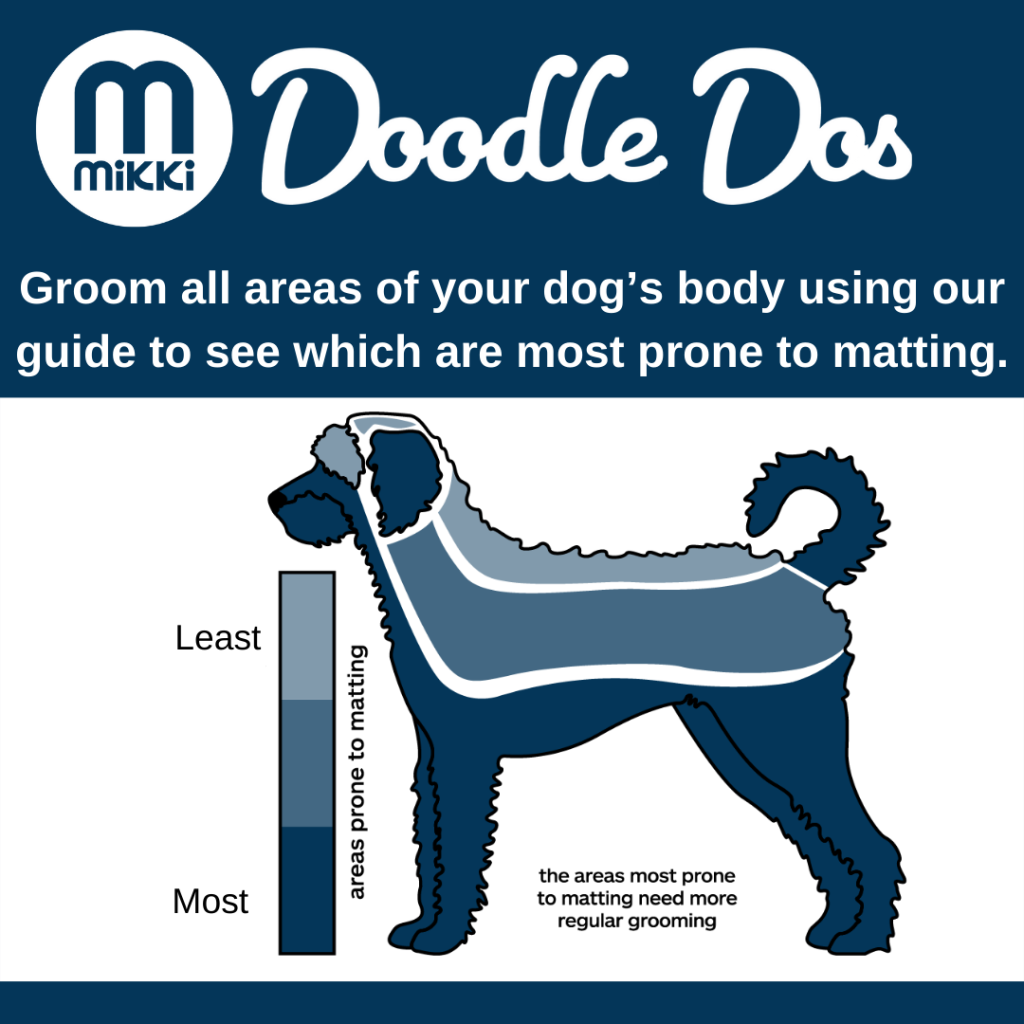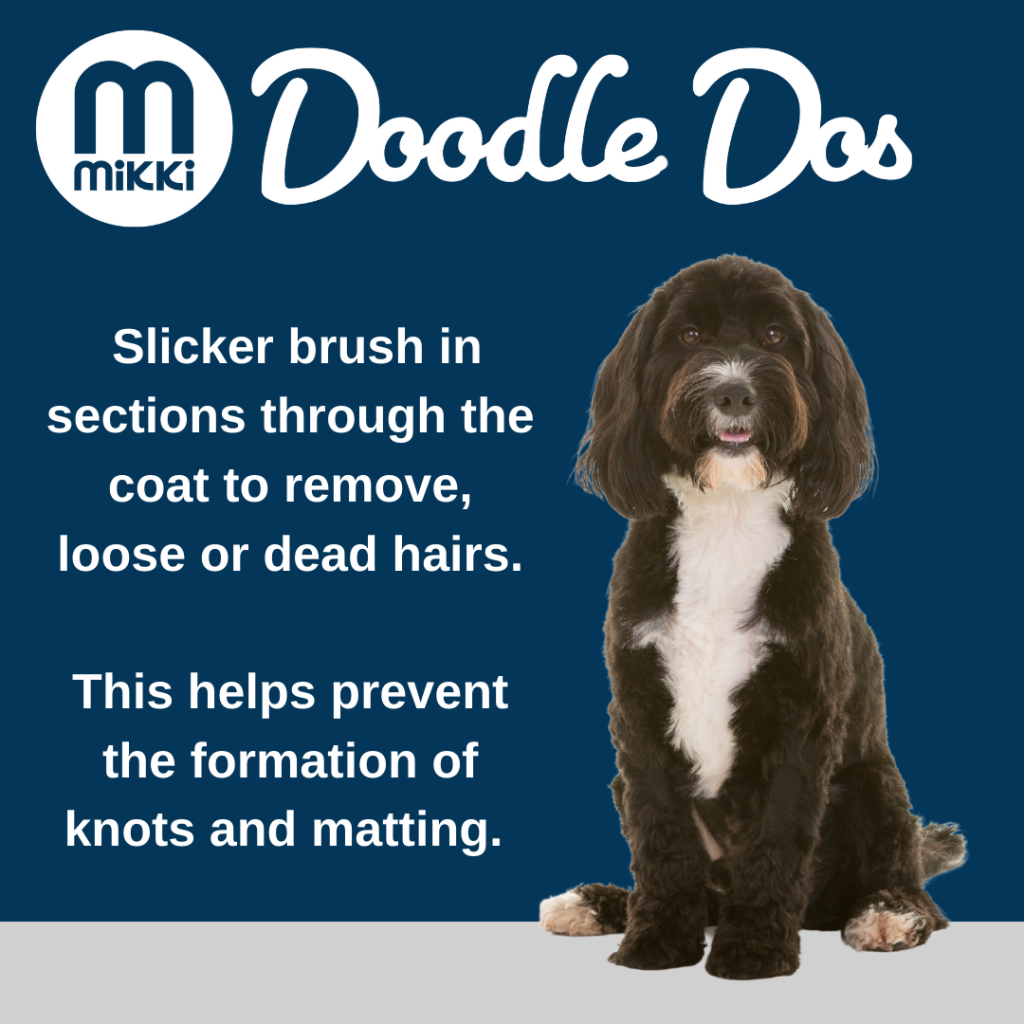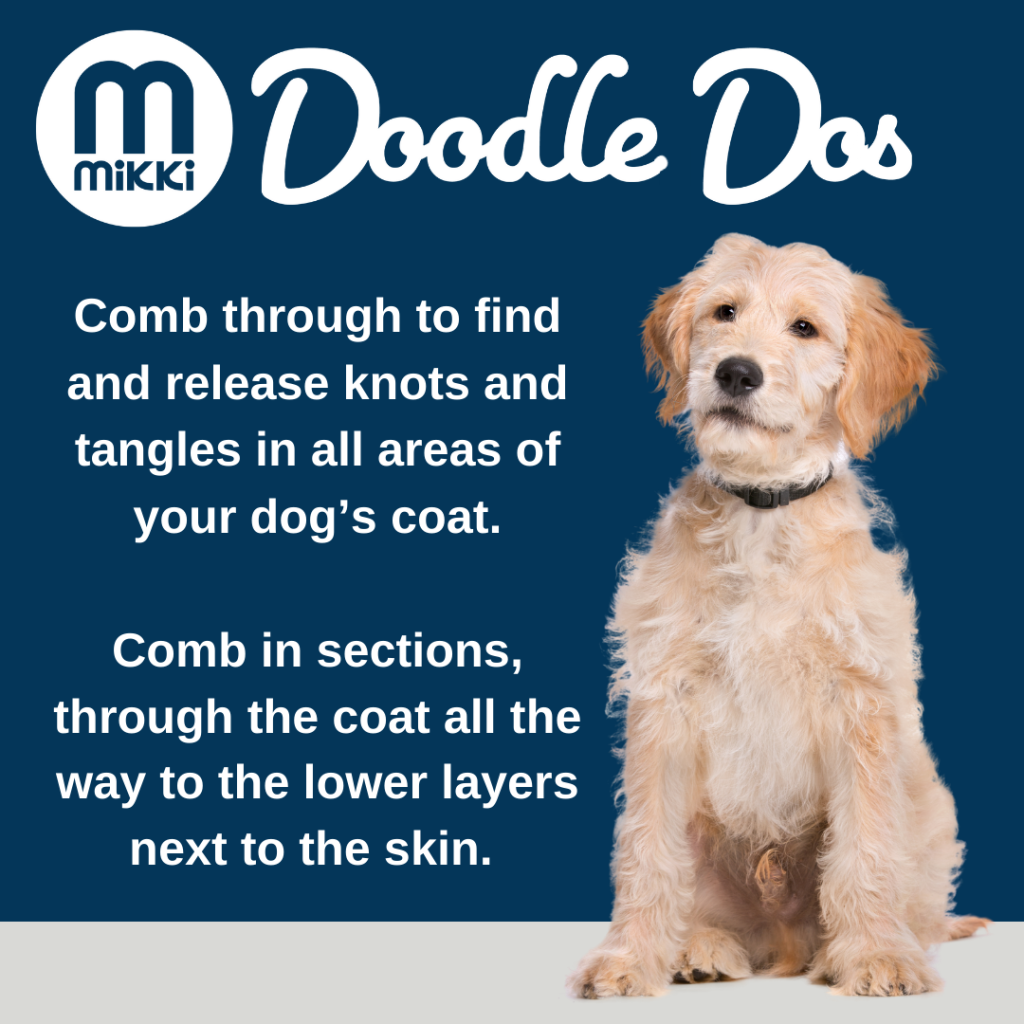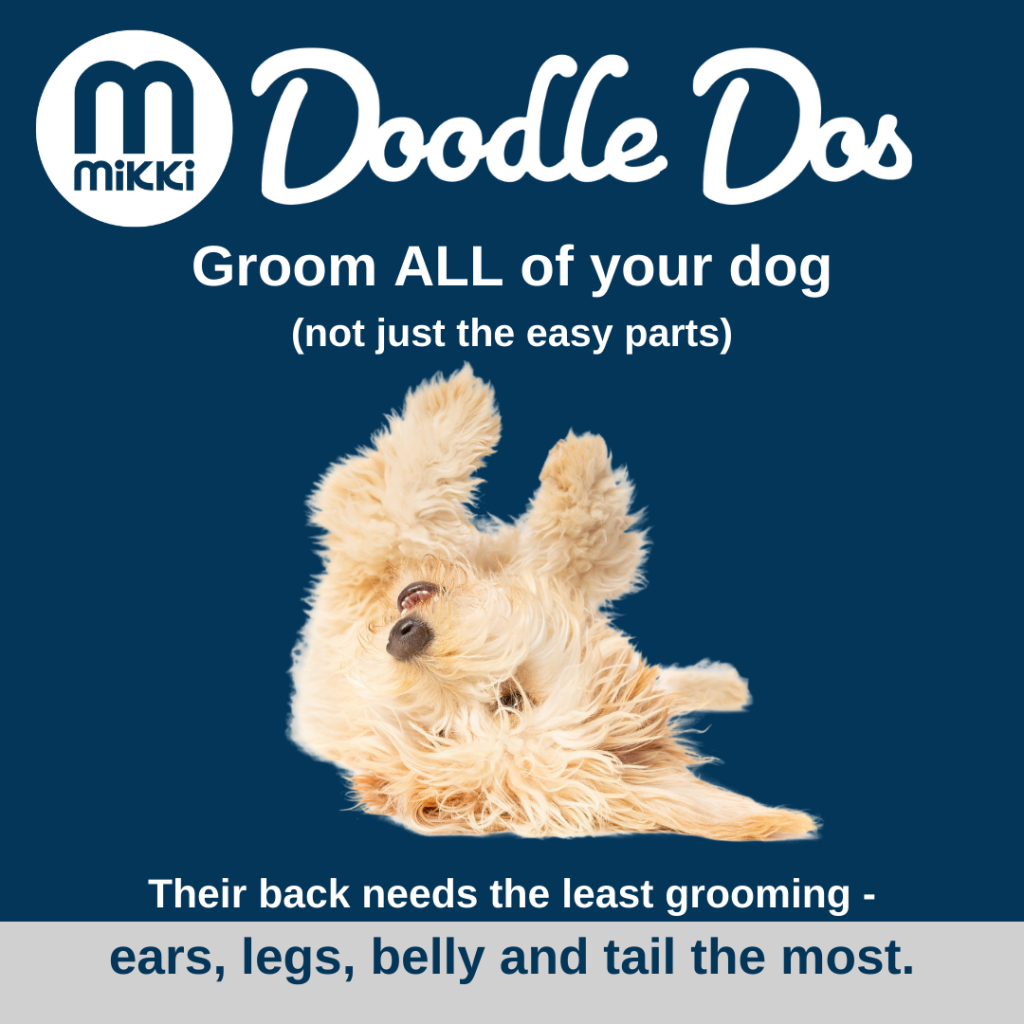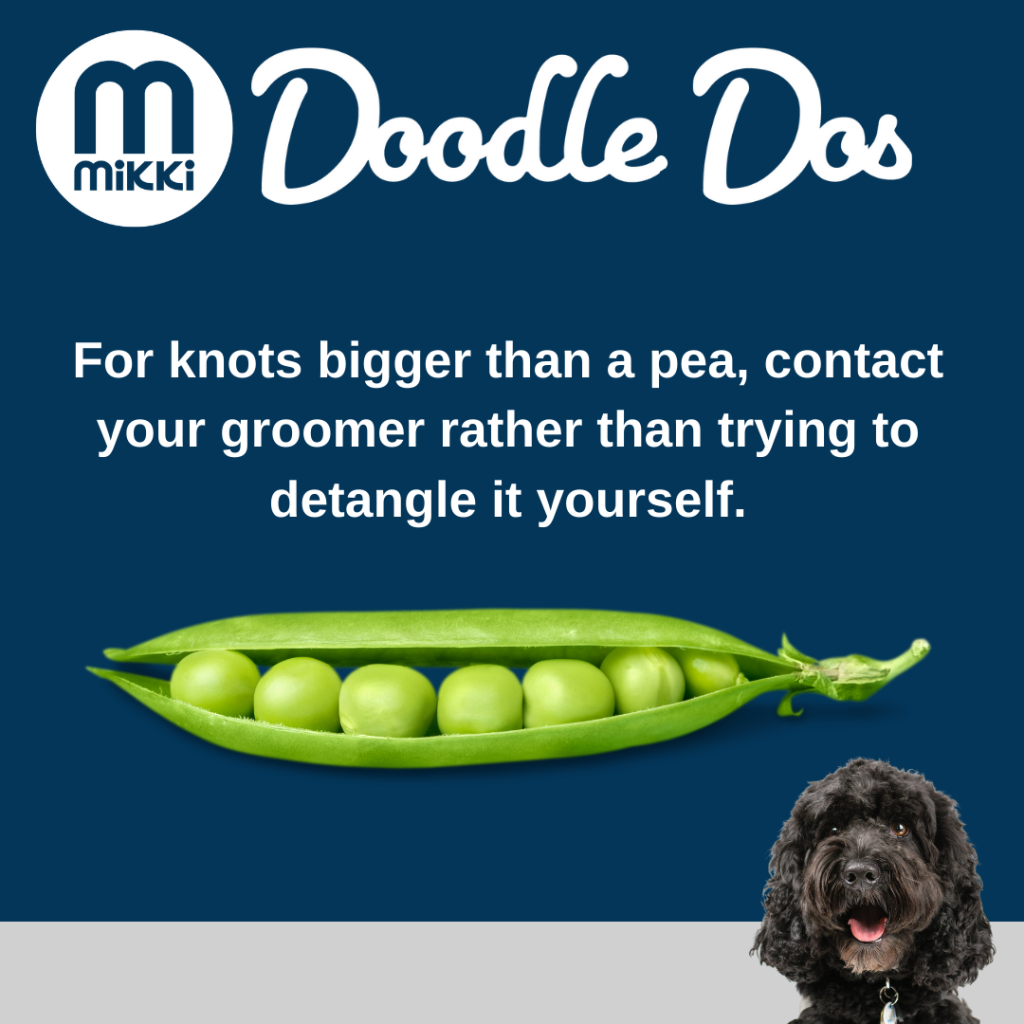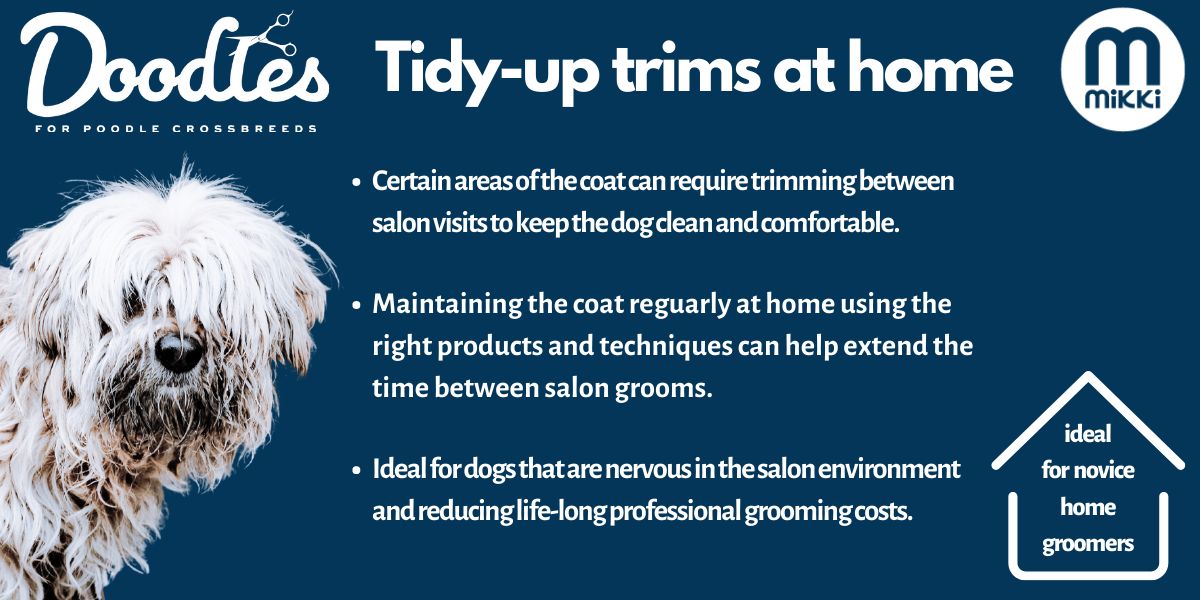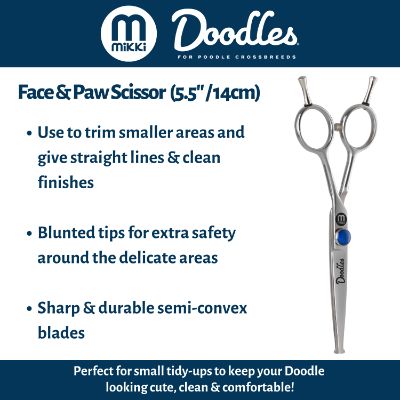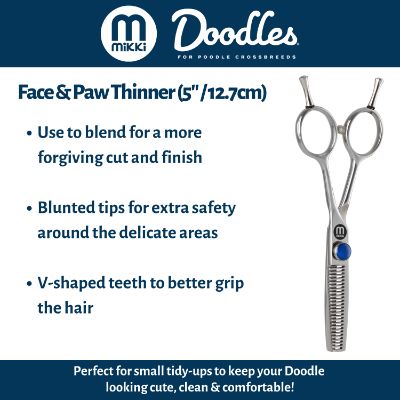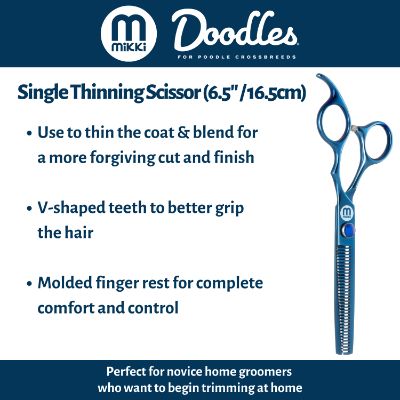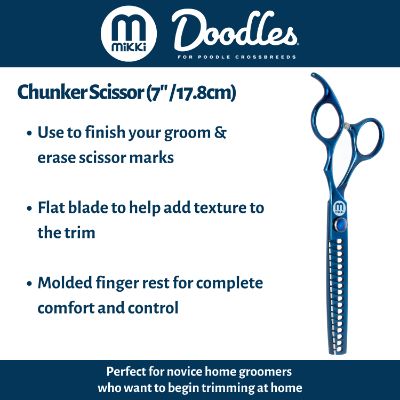





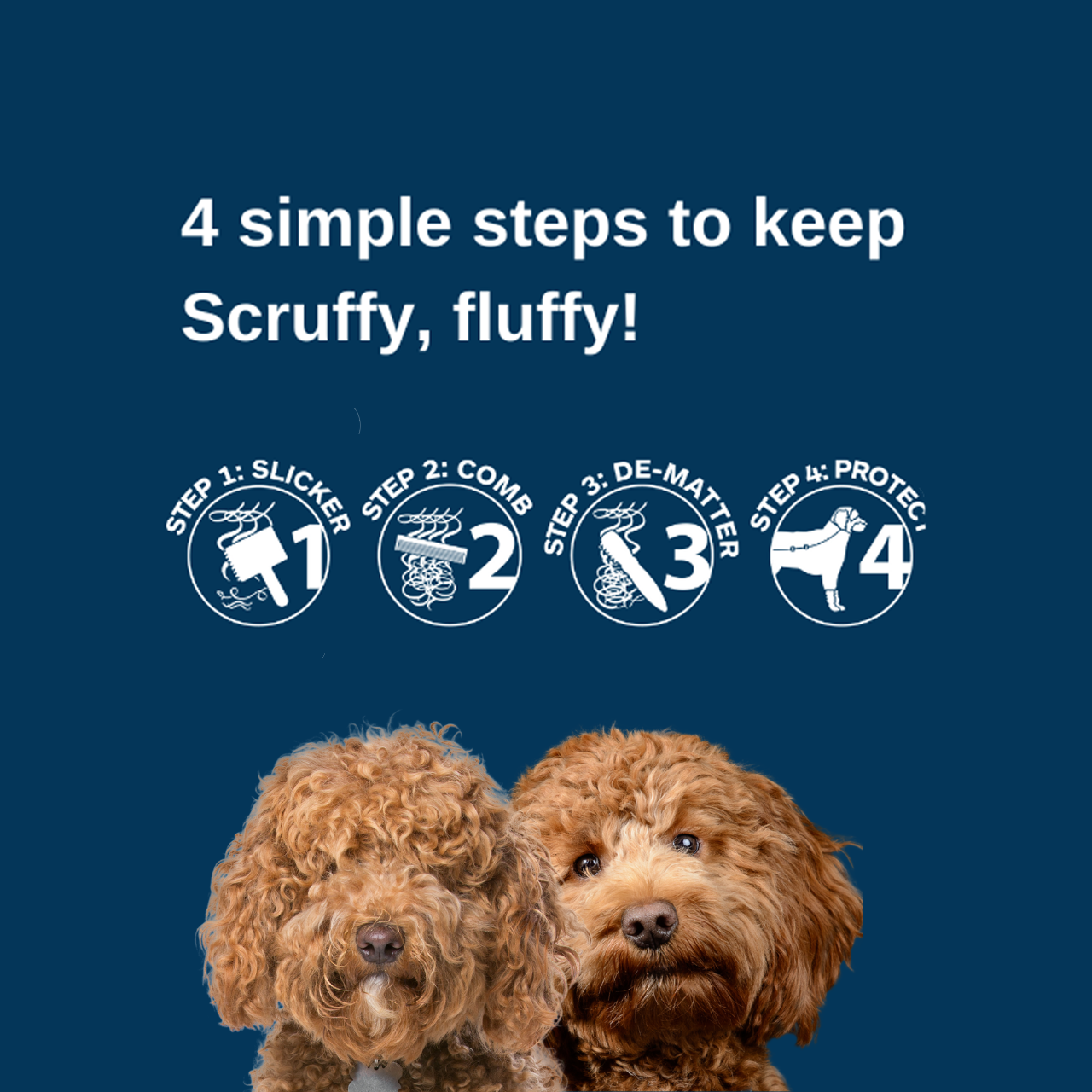
Jouets à mâcher pour chiots
Apprenez à votre nouveau meilleur ami de saines habitudes de Mâcher dès le début ! Nos jouets à mâcher pour chiots sont spécialement conçus pour faire participer et divertir, soulager l’inconfort de la dentition et décourager les comportements destructeurs. Parcourez notre variété de jouets Mâcher pour chiots.


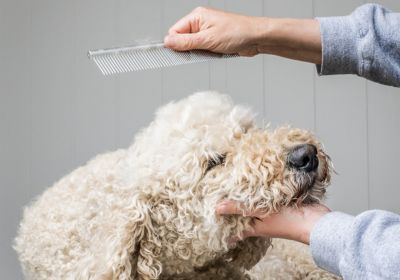
Doodles Le toilettage
Pour aider à démêler
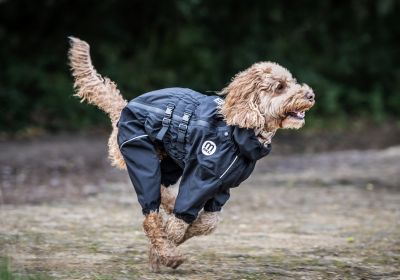
Doodles Manteaux
Pour aider à protéger
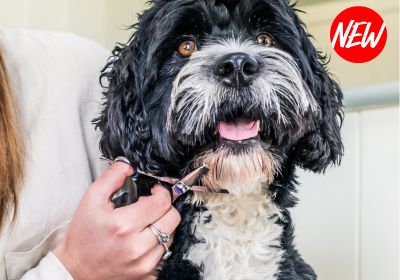
Doodles Ciseaux
Pour aider à tailler et à ranger
ENTRETIEN DU PELAGE DES DOODLES
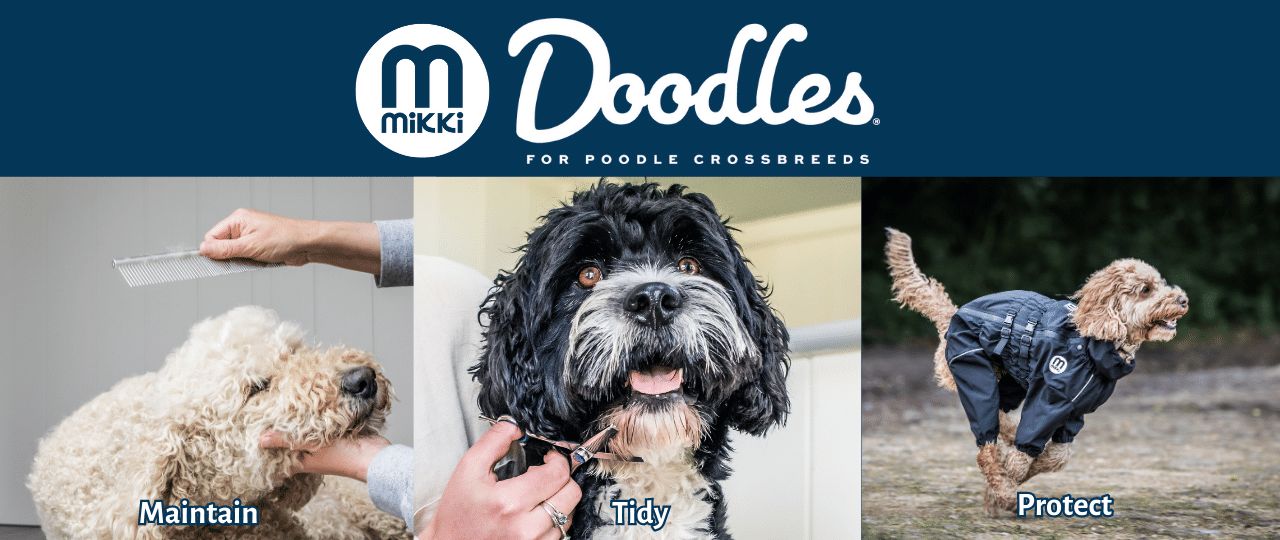
DOODLES TOILETTAGE
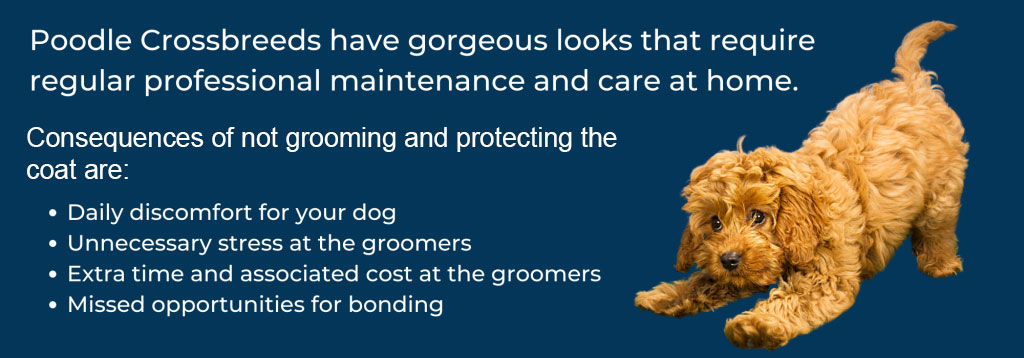
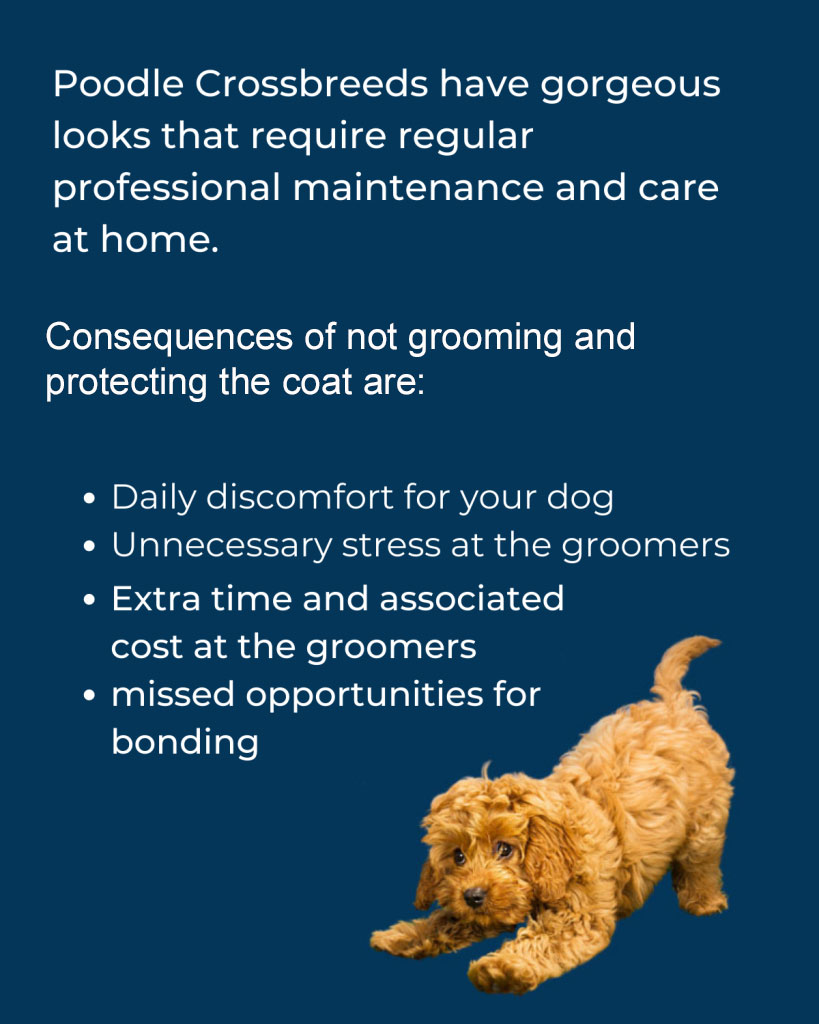
4 ÉTAPES SIMPLES POUR GARDER LES CHEVEUX BROUSSAILLEUX, DOUX ET SOYEUX !
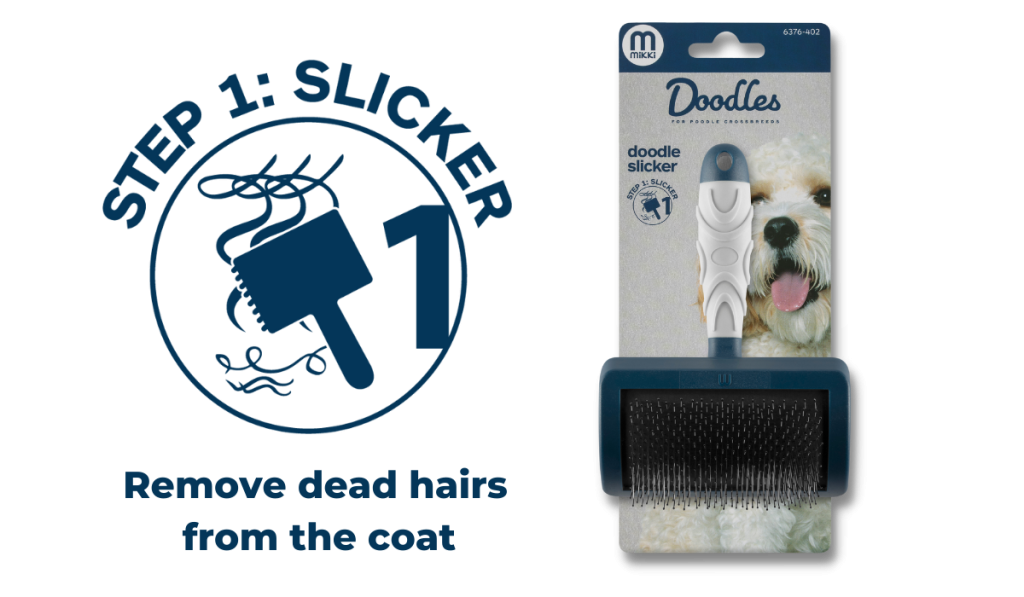
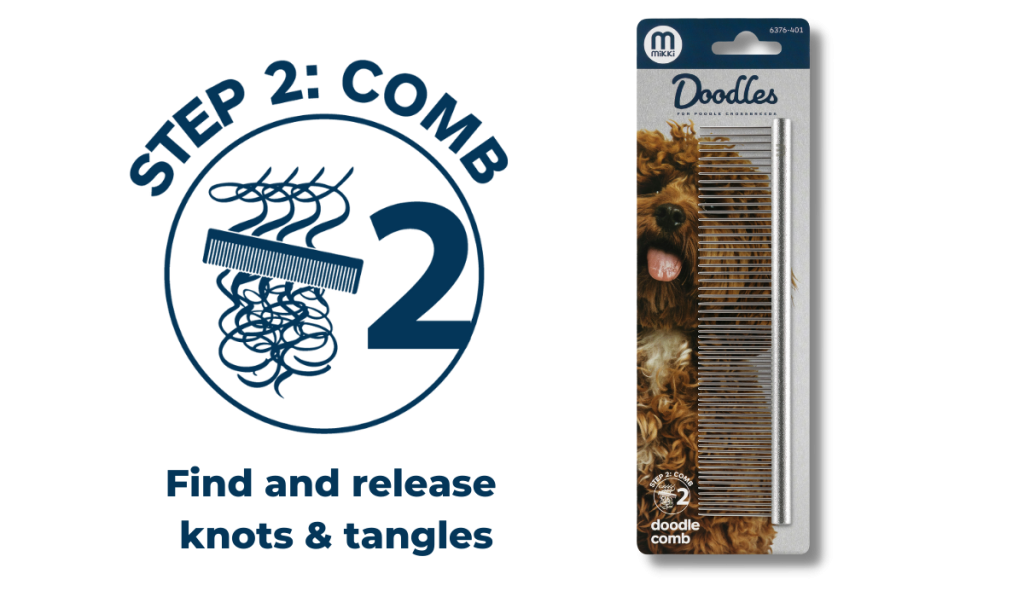

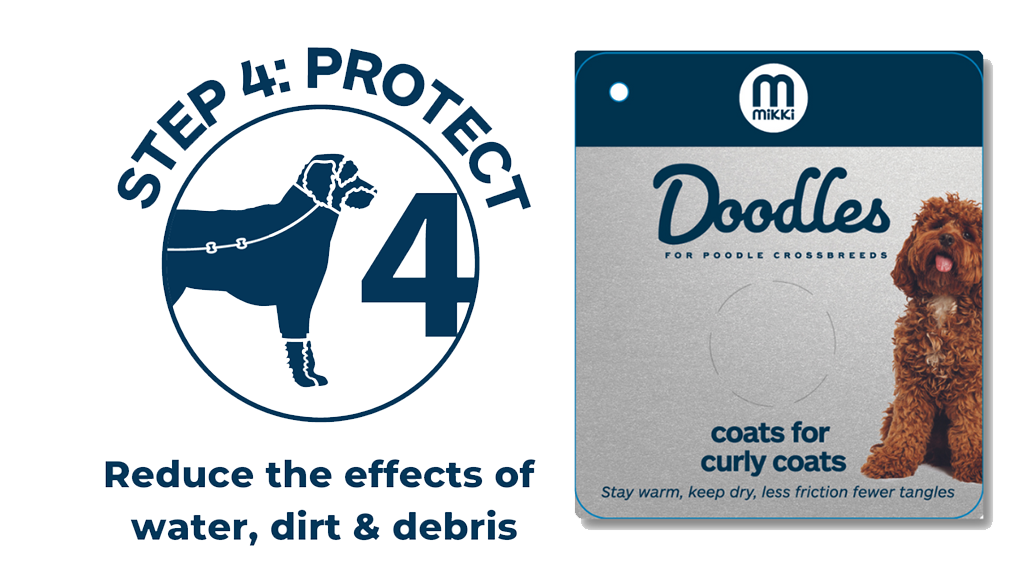

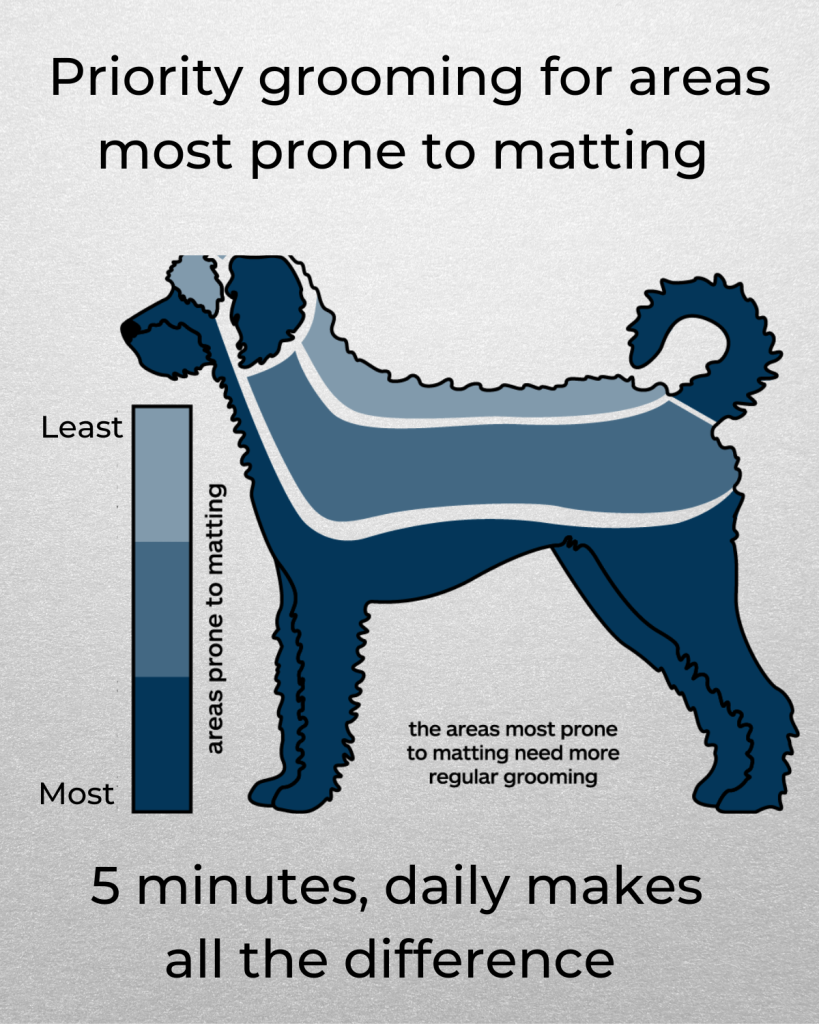
MANTEAUX DOODLES
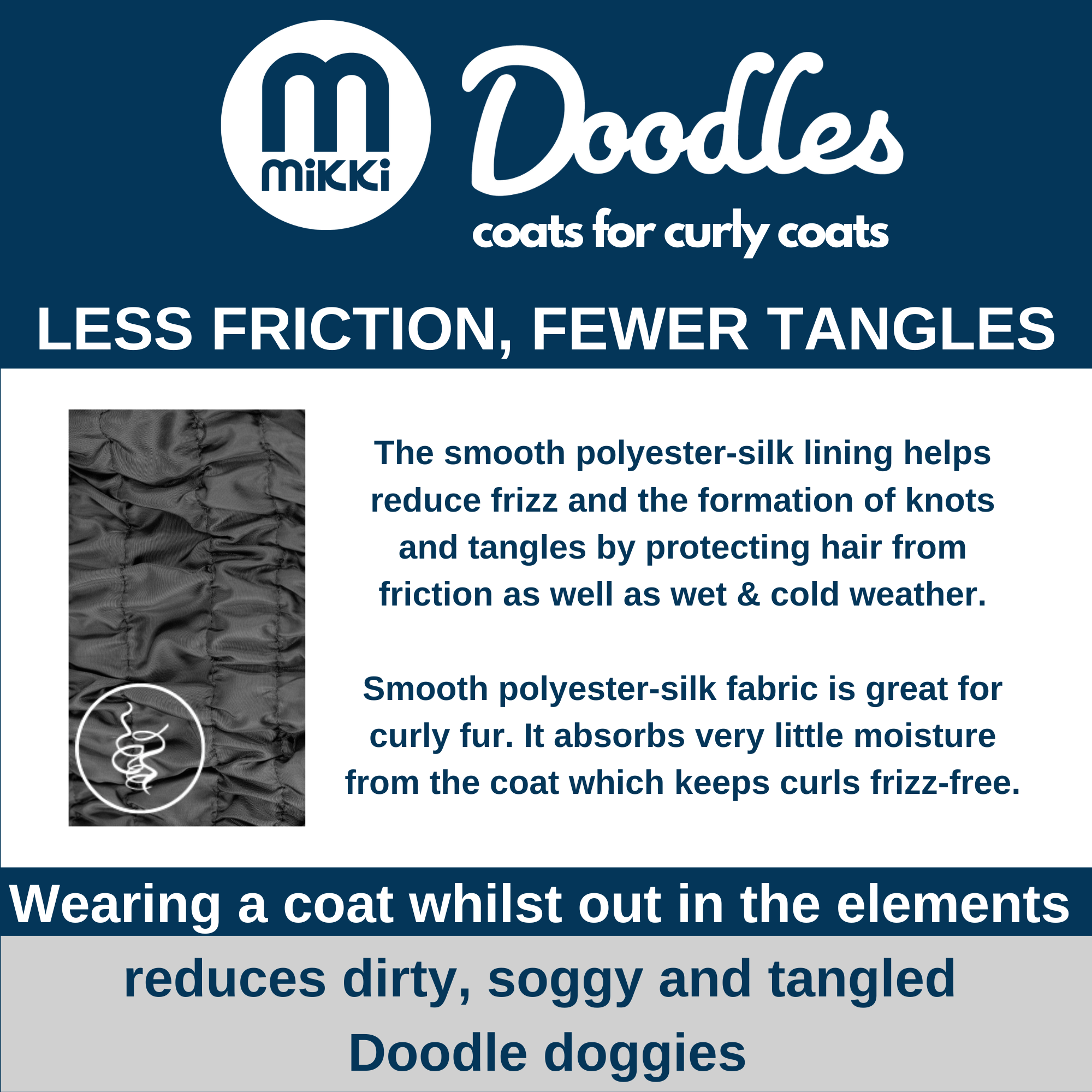
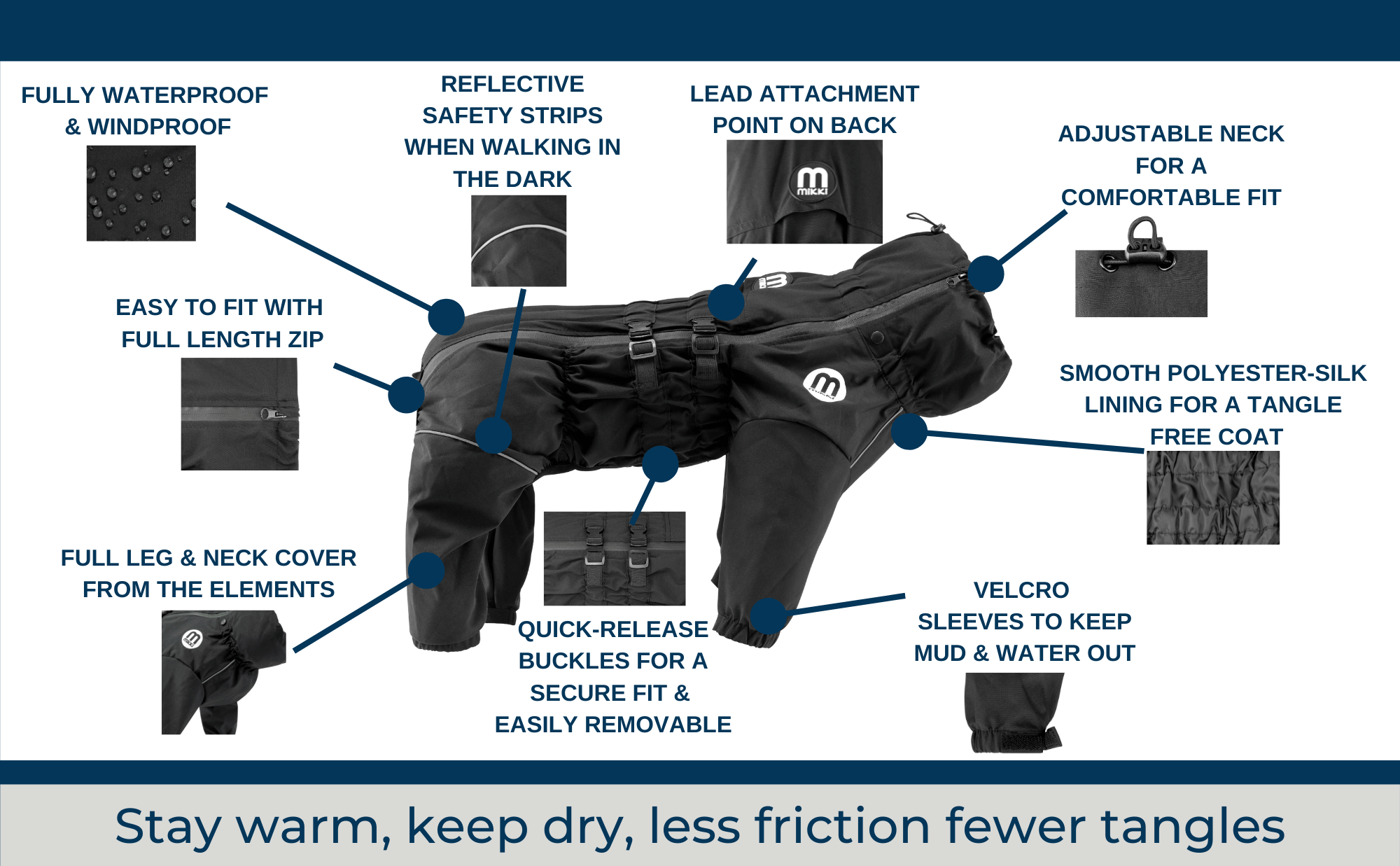

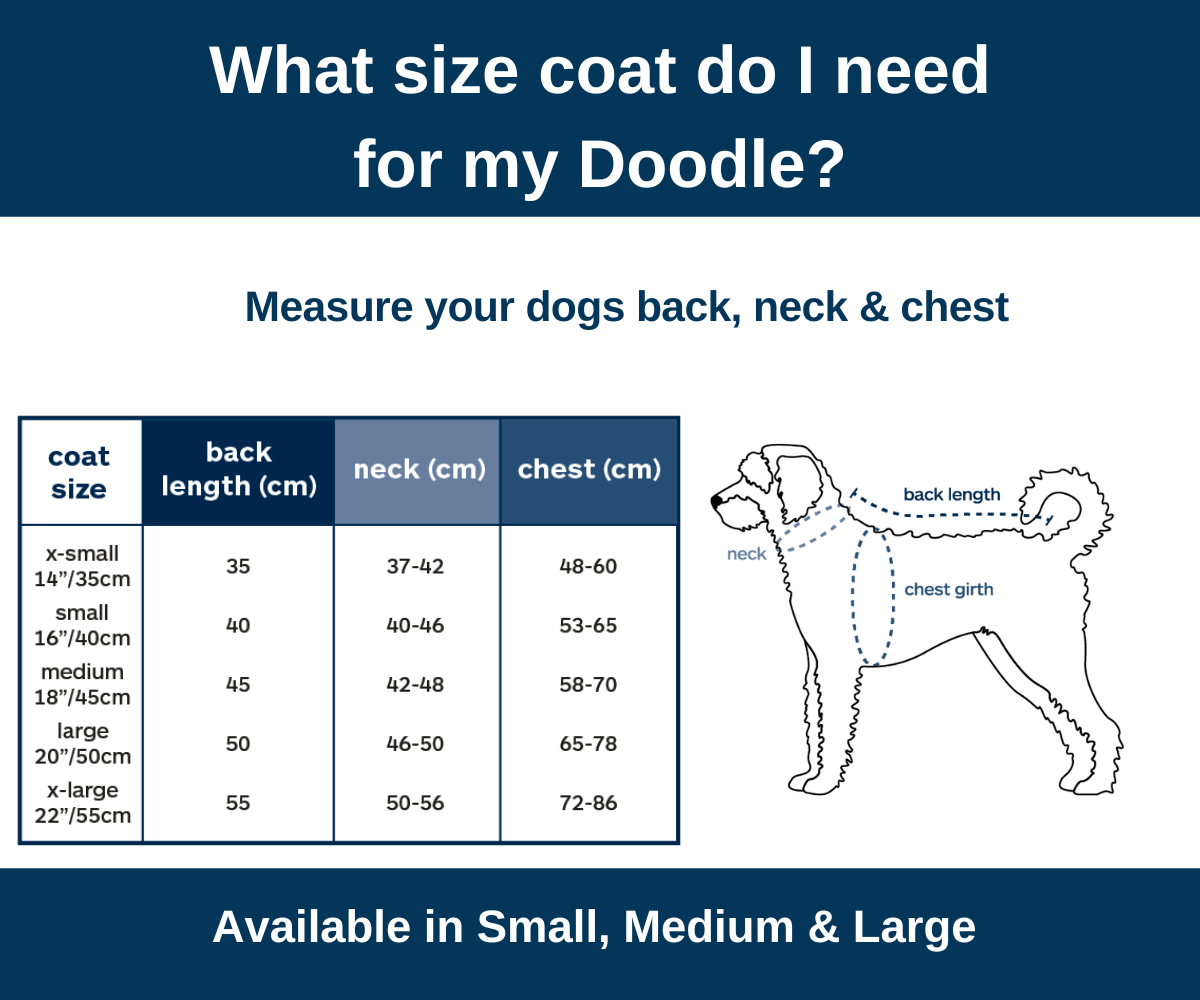
Vérité : Doodles croisés perdent généralement moins de poils que les autres races, car leurs poils perdus restent dans le pelage. Si ces poils ne sont pas enlevés lors d’un toilettage régulier, ils peuvent former des nœuds et des enchevêtrements qui deviennent très inconfortables pour le chien. Nous recommandons un court toilettage quotidien (cinq minutes suffisent) pour éviter les nœuds et les enchevêtrements. En outre, la protection de la fourrure contre les éléments (pluie, vent, neige, saleté, débris, etc.) lors des promenades contribue à la maintenir en bon état. Nos manteaux pour chiens sont doublés d’une soie spéciale de polyester qui réduit le frottement entre le manteau et la fourrure du chien.
Au minimum toutes les 6 semaines (mais une fois par mois permet de conserver son allure de nounours !)
Au maximum toutes les 8 semaines selon le type de pelage (la proportion de caniche dans le type de pelage et la routine de toilettage à la maison).
Pour les nattes plus grandes que la taille d’un petit pois, nous vous recommandons de faire appel à un toiletteur professionnel.
Les manteaux pour chiens sont un choix de chien de plus en plus populaire pour de nombreux propriétaires, parfois en raison de la croyance que leur pelage est non pelucheux et hypoallergénique. C’est parfois vrai, mais pas toujours – de nombreux Doodles MENTENT – mais les poils morts ne quittent pas le pelage. Il s’accumule à la surface de la peau et, s’il n’est pas brossé, s’emmêle avec les poils vivants et forme des nattes.
En initiant votre chiot au toilettage dès son plus jeune âge, vous lui permettez de faire partie intégrante de sa vie, et non de vivre une expérience stressante ou traumatisante.
Un mini toilettage pour chiot (qui comprend le lavage, le séchage au sèche-cheveux, la coupe des ongles et le brossage avec des ciseaux à main) a lieu à partir de 12 semaines ou lorsque le chiot a reçu ses dernières inoculations. Il s’agit d’une désensibilisation essentielle dès le plus jeune âge, qui sera bénéfique à votre chien tout au long de sa vie – le bruit des séchoirs, des ciseaux, le bourdonnement de la tondeuse et le fait de s’habituer à être manipulé et éloigné de son maître lui donnent les compétences nécessaires pour bien dodeliner !
Votre chiot doodle perdra son pelage de chiot et aura un pelage d’adulte entre 6 et 12 mois. Si un toilettage régulier n’est pas mis en place à ce moment-là, ce changement de pelage peut provoquer un enchevêtrement très rapide et l’apparition de nattes. Malheureusement, la seule solution est de le raser, ce qui ne sera pas la meilleure introduction à une vie de toilettage pour votre chien.
Oui, les manteaux Mikki Doodle sont entièrement lavables en machine à basse température. Nous recommandons d’utiliser une lessive non biologique. Evitez d’utiliser un adoucisseur car il peut diminuer l’imperméabilité du manteau.
Le séchage à l’air libre est la meilleure solution. Les couches peuvent être nettoyées à sec avec n’importe quel solvant, à l’exception du trichloréthylène. Ne pas sécher au sèche-linge ni repasser.
Il est important de mesurer d’abord votre chien et de vous référer ensuite au guide des tailles fourni pour vous assurer de trouver la bonne taille. Si les mesures se situent entre deux catégories de taille, nous recommandons de choisir la plus grande des deux. Le manteau peut ensuite être ajusté à l’aide des ceintures, des cuissardes et du col afin de garantir un ajustement confortable.
Nos manteaux pour chiens sont fabriqués avec une doublure unique en polyester et soie qui réduit le frottement contre la fourrure du chien, évitant ainsi la formation de nœuds et d’enchevêtrements.
Les manteaux Doodle sont imperméables, ce qui empêche l’absorption d’eau…
Aucun chien n’est hypoallergénique à 100 %. Les animaux à pelage de laine, comme le caniche, le bichon frisé et le bichon maltais, pour n’en citer que quelques-uns, sont souvent moins susceptibles de provoquer des réactions allergiques chez leurs propriétaires. Cependant, de nombreuses allergies sont dues aux squames (cellules mortes de la peau) et la quantité de squames excrétées varie d’un chien à l’autre, même au sein d’une même race. Les races à poils laineux semblent produire moins de squames, mais lorsqu’elles sont croisées avec une autre race (en particulier une race à forte miction comme le Labrador ou le Golden Retriever), il est plus probable que le chiot produise plus de squames que son parent à poils laineux.
Les nattes peuvent se former n’importe où dans le pelage de votre chien, mais plus particulièrement dans les zones où il y a beaucoup de frottements : autour du cou où se trouve le collier, derrière les oreilles, sous le menton, sous les aisselles, sous l’endroit où se trouve habituellement le harnais ou le manteau, sur les pattes et à l’arrière des pattes arrière. Ces zones sont également celles qui peuvent être négligées lors du brossage. Une fourrure emmêlée est douloureuse pour votre chien et peut provoquer des irritations cutanées, empêcher une bonne régulation de la température et cacher des parasites tels que les puces et les tiques.
Commencez par emmener votre doodle chez un toiletteur professionnel. Ils seront en mesure de donner à la fourrure de votre chien un état et un style que vous pourrez aider à entretenir.
Si vous vous toilettez à la maison, la clé est d’en faire peu et souvent. Commencez par toucher régulièrement les pattes, les jambes, le corps, la tête, les oreilles et la queue de votre Doodles afin de l’habituer à être manipulé. Introduisez ensuite lentement votre lisseur et votre peigne, en travaillant par petites sections. Cinq minutes par jour suffisent pour entretenir le pelage de votre doodle et éviter la formation de pelotes. Portez une attention particulière aux zones de frottement où les pelotes aiment se former – il s’agit souvent des oreilles, de la queue, des aisselles, de la ligne du collier (là où se trouve le collier) et de l’endroit où se trouve un harnais si votre chien en porte un.
Les changements de texture et de couleur du pelage peuvent parfois être imputés au toilettage pendant la période du chiot. Ces changements se produisent généralement de façon naturelle, lorsque le pelage adulte sort de sous le pelage du chiot, qui est pelucheux et de couleur différente. Certaines lignées Doodles sont également génétiquement redisposées à un gène de décoloration, ce qui peut entraîner un éclaircissement de la couleur naturelle du pelage au fil du temps. Si votre doodle a hérité de ce gène, son pelage s’éclaircira quelle que soit la façon dont il est toiletté.
Les Doodles sont souvent achetés en raison de leur pelage non pelucheux et hypoallergénique, qui semble facile et peu exigeant en termes d’entretien. Malheureusement, ce n’est pas le cas. Les Doodles ont l’un des pelages dont l’entretien demande le plus de travail. Le mélange laine/poils est difficile à entretenir (d’autant plus que le poil est long) et peut facilement se matifier, ce qui est douloureux à brosser dans la plupart des cas, d’où la nécessité d’un toilettage régulier.
Doodles Utilisez notre guide de toilettage pour savoir quelles sont les zones les plus susceptibles de s’emmêler et qui ont donc le plus besoin d’être toilettées.
Le soir est souvent un bon moment pour habituer votre Doodles à être toiletté, car c’est un moment où il est généralement plus heureux de se détendre et de se faire dorloter.
Peu et souvent, c’est la clé pour conserver son allure de nounours !

